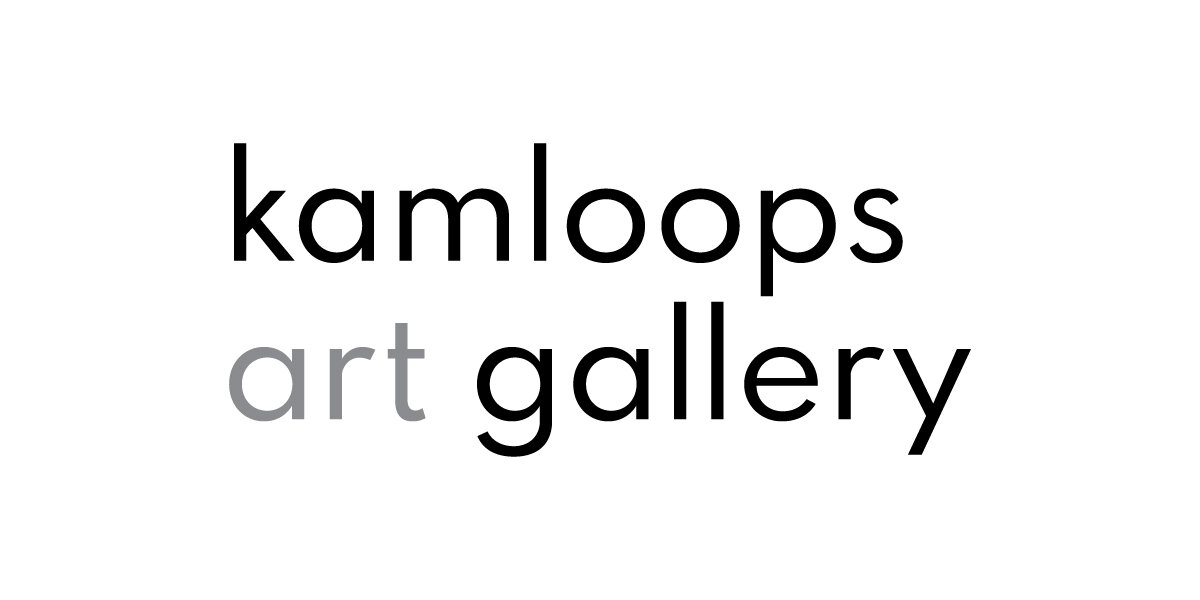
Fall 2021
School Bookings are available October 5 to December 17, 2021
The art works in Whose Stories? raise questions about how historical narratives are constructed and told. It asks: What experiences are excluded? Whose voices are silenced and marginalized and how can those voices be heard? How can we add our own voices and help to transform our future? Can we help to create an inclusive, more truthful history that restores human rights and dignity?
Whose Stories? explores how we perceive ourselves in relation to world events, and how we take into account the experiences of others. The work of this diverse group of artists encourages dialogue about new possibilities for co-existence by offering space to re-think our assumptions about the world.
In addition to the curriculum connections we have identified below, you can expect your students to leave with a basic understanding of empathy and resiliency in relation to human suffering, change, and facing life challenges. If you have specific outcomes in mind, please reach out to discuss how we can create something to suit.
CURRICULAR CONNECTIONS
develop personal and collective responsibility associated with creating, experiencing, or sharing in a safe learning environment
describe and respond to works of art
interpret symbolism and how it can be used to express meaning through the arts
create artistic works collaboratively and as an individual using ideas inspired by imagination, inquiry, experimentation, and purposeful play
use the arts to communicate, respond to, and understand environmental and global issues

Whose Stories? : In the Gallery
We will begin by analyzing and discussing Diyan Achjadi’s, We Expected Hysteria series. These works on paper depict GIRL, an avatar who represents the artist, as she navigates difficult landscapes.
Tomoyo Ihaya’s Eyes-Gwangju Jogakbo is about compassion. She uses the symbol of the eye to help us think about that which we can not see. This work is comprised of many small works on paper all stitched together, referencing the interconnectedness we all share through places and experiences.
We will finish the tour by looking at Naoko Fukumaru’s ceramic restoration works. She uses the ancient Japanese gold joinery technique, kintsugui. The gold embellishments holding these once broken pieces together, brings attention and celebration to imperfection rather than masking it.
Each tour is approximately an hour in duration, depending on the engagement of the class, and includes in-gallery drawing activities and discussion. In order to allow time for deep and meaningful engagement, we select only a few individual artworks to discuss in each tour. Plese let us know if you would prefer a full guided tour.

Whose Stories? : In the Studio
STUDIO PROJECT 1: WHOSE STORY? STORYBOARDS
SUITABLE FOR GRADES 3+
COLLABORATION // ILLUSTRATION // STORYTELLING // WRITING // DRAWING // EMPATHY
In this workshop, we consider how artists in the exhibition interpret the stories of other people and represent their voices through art. Students will write a short story about one of their own experiences and those stories will be interpreted by classmates as storyboards.
STUDIO PROJECT 2: STORIES THROUGH OUR EYES
SUITABLE FOR ALL GRADES
CREATIVE STORYTELLING // CURRENT EVENTS // DRAWING // WATERCOLOUR PAINTING // EMBELLISHMENT
In this workshop, we consider a few of the visual elements and storytelling themes in the exhibition. Students will be asked to think of an experience to share as a story through the symbol of the eye and other images. Students will use drawing, watercolour paints, and gold embellishments to create their works.
